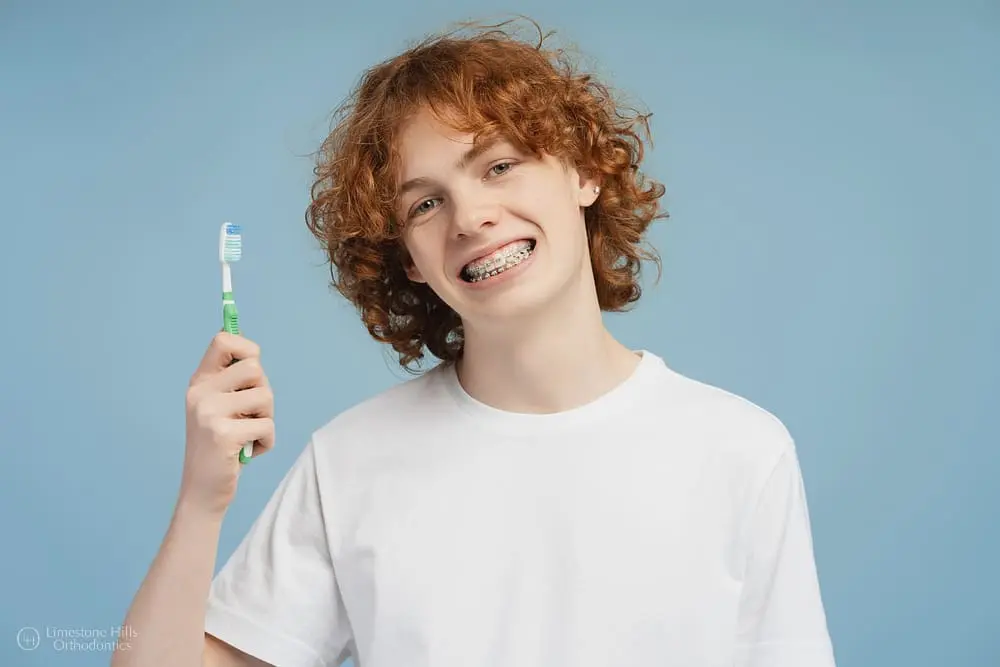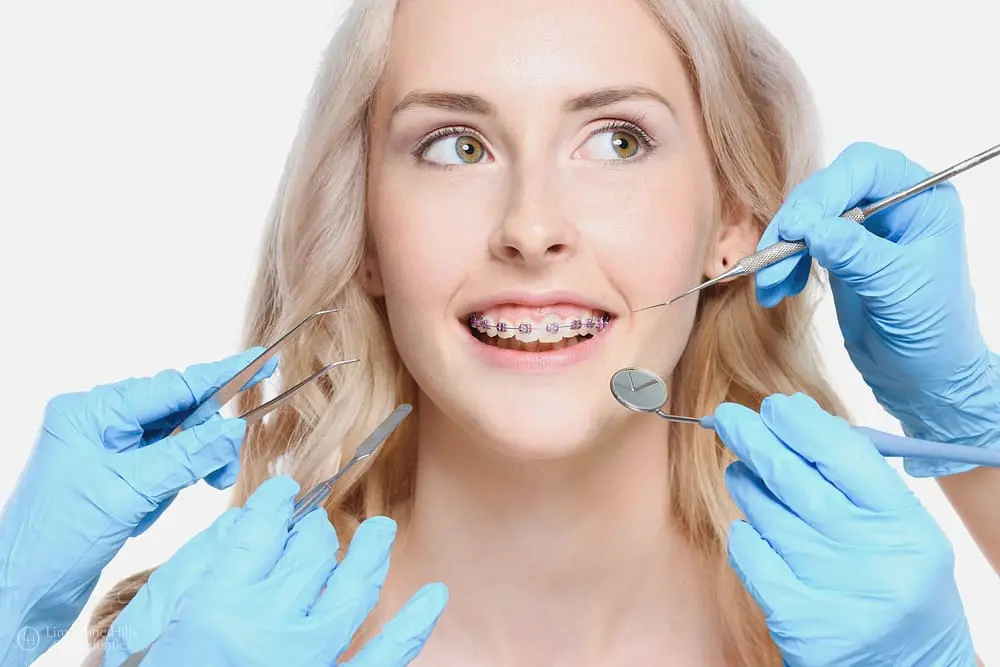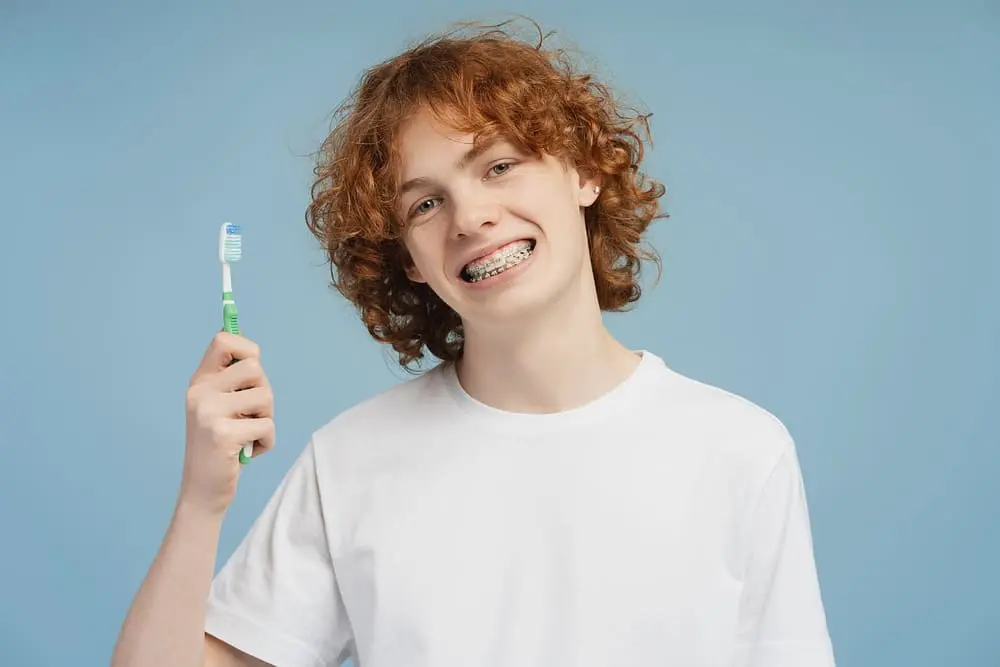Expert Insights on Straightening Teeth
Braces are a great solution for achieving a straight, healthy smile. However, whether you need them depends on your individual dental needs. For some, braces are important to fix medical issues like jaw alignment or bite problems, which can get worse if left untreated. For others, braces are more about improving how their teeth look and boosting confidence. The best way to know “are braces necessary” for you is to visit an orthodontist. They can create a treatment plan that suits your needs.

Understanding the Purpose of Braces
Braces are designed to make teeth straight and fix alignment problems in the jaw or bite. They can make a big difference for your oral health and how you feel about your smile. The main reasons for braces are either medical or cosmetic.
Medical Reasons for Braces
Are Braces Necessary? Braces may be needed when dental or jaw problems affect your everyday life. Some examples of these problems include:
- Chewing difficulties: Severe misalignment can make it hard to bite or chew food, which may lead to digestion problems.
- Jaw pain: A poorly aligned jaw adds stress to your joints and causes discomfort.
- Difficulty cleaning teeth: Crooked or overcrowded teeth are harder to keep clean, which increases the chances of cavities and gum disease.
Cosmetic Reasons for Braces
Braces are also popular for fixing how teeth look. Straight, well-spaced teeth help create a beautiful smile, which can make people feel more confident. Whether it’s closing gaps or aligning crooked teeth, braces address appearance concerns. While these changes are cosmetic, they can be life-changing for many.
Common Problems Braces Solve
Braces are used to treat a range of dental issues, such as:
- Crooked or crowded teeth: Teeth growing too close together can cause discomfort and are harder to clean.
- Bite problems: Overbites, underbites, and crossbites can make chewing or speaking difficult over time.
- Gaps between teeth: Wide spaces make gums more exposed, leading to sensitivity and hygiene challenges.
By addressing these problems, braces improve both the function and appearance of your teeth.
Health Benefits of Braces
Braces do more than enhance appearances. They improve oral health and prevent potential dental issues in the future.
Short-Term Oral Health Improvements
When teeth are properly aligned, keeping them clean becomes much easier. Braces help by:
- Reducing the risk of tooth decay: Straight teeth prevent food particles from hiding in hard-to-reach spaces.
- Improving bite functionality: Braces align your teeth so they fit together correctly, making chewing and speaking easier.
Long-Term Benefits of Braces
The benefits of braces don’t stop once treatment ends. They protect your oral health for years to come:
- Easier maintenance: Straight teeth are simpler to brush and floss, so you’re more likely to maintain a bright smile and healthy gums.
- Prevention of major problems: Fixing alignment issues early ensures you won’t require costly, complicated procedures later, such as jaw surgery or dental restorations.
With these benefits, braces lay the foundation for lifelong good oral health.
Boosting Confidence and Social Comfort
How you feel about your smile can have an impact on your confidence. Braces not only improve your oral health but also help you feel good about how you present yourself to others.
Increased Self-Esteem
For many, uneven or crowded teeth cause embarrassment. Braces bring relief by:
- Helping you feel confident: A healthy, straight smile makes people feel more comfortable in both personal and professional situations.
- Reducing insecurities: Fixing teeth that you may be self-conscious about leads to feeling happier with your appearance.
Positive Social Perceptions
Your smile affects how others see you. Braces can improve social interactions in several ways:
- Making strong first impressions: A neat smile gives off a positive impression in social and professional settings.
- Adding comfort in conversations: When you’re happy with your teeth, you’ll engage more confidently with others.
Braces not only benefit your teeth but also influence the way you feel and how others interact with you, making them a meaningful investment.
Types of Braces and How to Choose
Once you’ve decided to get braces, the next step is to learn about the available options and choose what works best for you.
Traditional Metal Braces
Metal braces use brackets and wires to slowly straighten teeth. These are one of the most effective treatments for fixing complex alignment problems. Though they are more noticeable, they are durable and reliable for a variety of dental issues.
Invisalign Clear Aligners
Clear aligners like Invisalign are a more discreet option. These clear plastic trays shift teeth gradually and can be removed easily for eating and brushing. They are usually ideal for cases with mild to moderate alignment problems and are less obvious than metal braces. However, they require disciplined use to achieve the best results.
Factors to Consider
When deciding on the type of braces, think about:
- Severity of the problem: Metal braces are better for complex alignment issues, while clear aligners work well for simpler corrections.
- Lifestyle: If being able to remove the braces is important, clear aligners may be the best option.
- Budget: Metal braces are generally more affordable than clear aligners, so costs may play a role in the decision.
Your orthodontist will help you weigh these factors and choose the treatment that fits your needs and lifestyle.

Why Choose Our Austin, TX Orthodontic Practice?
At our Austin orthodontic office, we’re dedicated to providing top-quality, personalized care to every patient. Here’s why families trust us with their orthodontic needs:
Expert Orthodontic Care
Our skilled orthodontists have years of experience treating children and teens with jaw alignment issues. We specialize in effective solutions like reverse pull headgear to help patients achieve great results.
Customized Treatment Plans
We understand that every smile is unique. That’s why we design personalized treatment plans tailored to meet your child’s specific needs and goals.
Comprehensive Support Throughout Treatment
From your first consultation to the final results, our friendly team will be with you every step of the way—answering questions, making adjustments, and offering expert advice.
Wide Range of Treatment Options
Along with reverse pull headgear, we offer a variety of options, including Invisalign and traditional braces, ensuring we have the right solution for every patient.
Book Your Free Consultation Today!
Visit our Austin, TX office for a free consultation! We’ll assess your teeth, review treatment options, and discuss how we can help you achieve a straighter, more confident smile. Scheduling is easy—just give us a call or visit our website to choose a time that works best for you. Our team is excited to help guide you on your journey to a beautiful smile!
About the Authors
Dr. Rodrigo Viecilli – Orthodontist in Austin, TX
Frequently Asked Questions
What happens if I don’t wear braces?
If you decide not to wear braces, it’s totally okay, but just keep in mind that your teeth might not align as perfectly as they could. You might experience some crowding or spacing issues, and in some cases, it could affect your bite, which might make chewing a bit tricky. Also, misaligned teeth can sometimes be a little harder to clean, which could lead to other dental issues down the road.
Do I need braces if I have TMJ?
If you’re dealing with TMJ (temporomandibular joint) issues, you might be wondering if braces could help. While braces are typically used to straighten teeth and correct bite issues, they can sometimes alleviate TMJ symptoms by improving the alignment of your bite. However, it’s not a one-size-fits-all solution, and not everyone with TMJ will need braces.
Will braces fix my clicking jaw?
If you’re dealing with a clicking jaw, braces might be part of the solution, but it really depends on the underlying cause. Sometimes, a clicking jaw can be due to misalignment or bite issues, which braces can definitely help with by straightening your teeth and aligning your bite. However, if the clicking is related to other factors like TMJ disorders, you might need a combination of treatments.


